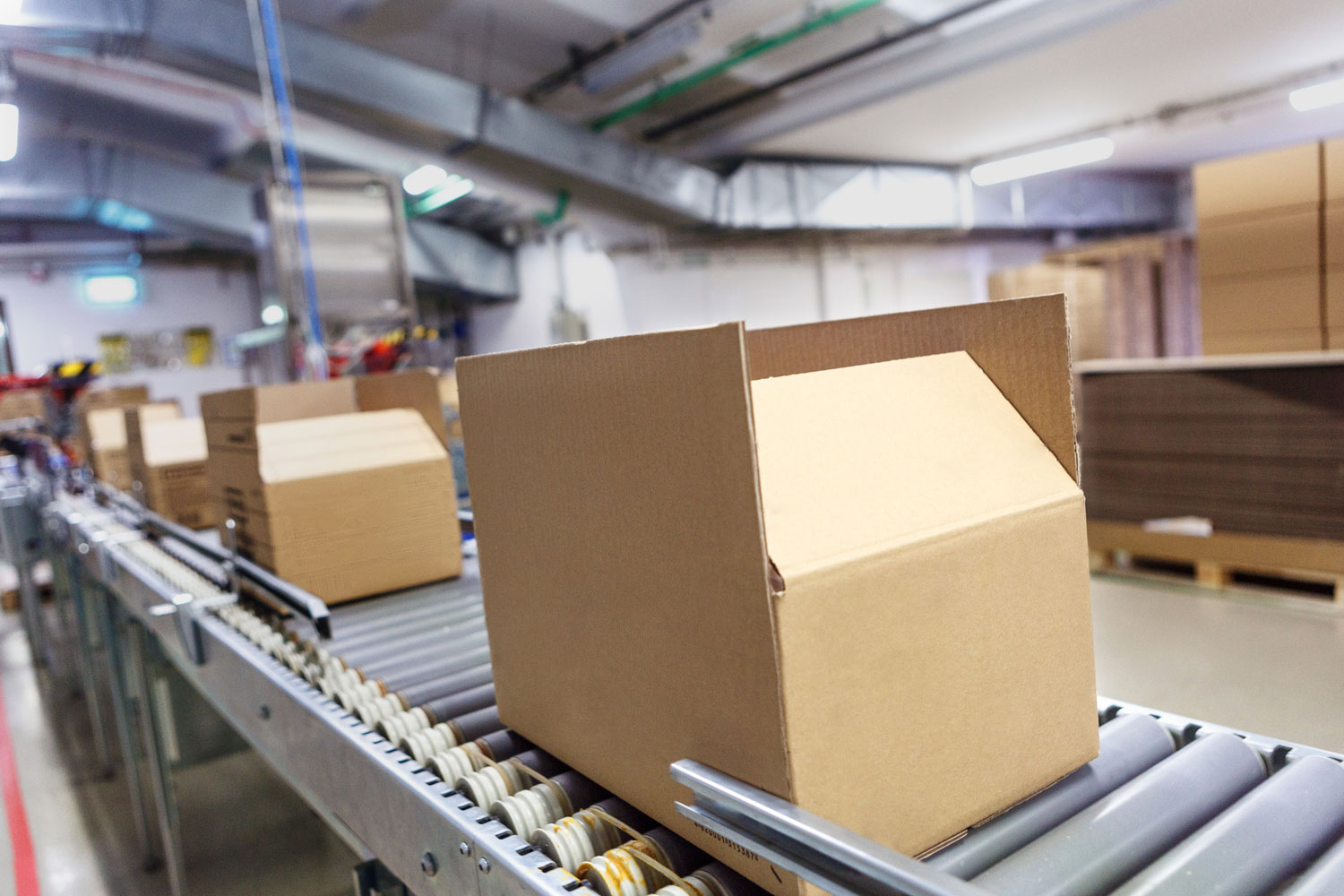
The Art of Efficient Packaging: Essential Equipment for Streamlined Operations
Key Takeaways:
- Efficient packaging maximizes spatial utilization, minimizes waste, and reduces shipping costs.
- Investing in automated packaging systems improves productivity, reduces labor costs, and enhances accuracy.
- Vacuum sealers reduce packaging material usage, minimize waste, and enhance product protection.
- Strapping machines securely bind packages, reducing the risk of damage and improving overall efficiency.
- Streamlining packaging operations through workflow optimization, lean principles, and quality control measures enhances efficiency and reduces costs.
- When choosing packaging equipment, consider volume and capacity requirements, compatibility with packaging materials, and cost versus return on investment.
Efficient packaging is a crucial aspect of any business involved in product manufacturing and distribution. It not only ensures that products are protected during transit but also plays a significant role in maximizing space, minimizing waste, and reducing shipping costs. By investing in the right equipment and streamlining packaging operations, businesses can achieve significant improvements in their overall efficiency and profitability. In this guide, we will explore the benefits of efficient packaging, the essential equipment for streamlined operations, how to streamline packaging operations, and factors to consider when choosing packaging equipment.
The Benefits of Efficient Packaging
Efficient packaging offers numerous advantages for businesses, allowing them to optimize their operations and achieve cost savings. Let’s delve into some of the key benefits:
Maximizing Space
One of the primary goals of efficient packaging is to maximize spatial utilization. By selecting the right packaging materials and equipment, businesses can minimize the amount of unused or wasted space within their packaging. This can lead to significant cost savings by reducing the number of shipments required and optimizing storage space.
Investing in equipment such as automated packaging systems can help ensure that products are packaged in the smallest possible footprint without compromising on protection. These systems use advanced algorithms and robotics to optimize the packaging process, reducing the need for excess packaging materials and maximizing space utilization.
Minimizing Waste
Efficient packaging also focuses on minimizing waste generation throughout the packaging process. Excessive packaging materials can not only add unnecessary costs to the business but also have a negative impact on the environment.
By choosing the right packaging equipment, such as vacuum sealers, businesses can reduce the amount of packaging material required while still providing adequate protection for the product. Vacuum sealers remove excess air from packaging, allowing it to be compact and secure. This not only eliminates the need for bulky packaging but also minimizes the risk of damage during transit.
Reducing Shipping Costs
Shipping costs can be a significant expense for businesses, especially those involved in distributing their products across long distances. Efficient packaging can help reduce these costs by optimizing weight and volume, leading to lower shipping charges.
Utilizing strapping machines can help secure packages for transit, ensuring that products are kept intact and reducing the risk of damage. These machines use high-quality strapping materials to securely bind packages, allowing them to be stacked and transported more efficiently.
Essential Equipment for Efficient Packaging
To achieve efficient packaging, businesses require the right equipment that aligns with their specific needs. Here are some essential equipment options:
Automated Packaging Systems
Automated packaging systems are revolutionizing the packaging industry by offering high-speed, precise, and efficient packaging solutions. These systems utilize advanced robotics and intelligent algorithms to streamline the packaging process.
By integrating automated packaging systems into their operations, businesses can achieve improved productivity, reduced labor costs, and enhanced accuracy. These systems are capable of handling various packaging tasks, such as sorting, filling, sealing, and labeling, with minimal human intervention.
Vacuum Sealers
Vacuum sealers are widely used in the food industry to preserve freshness and extend the shelf life of products. However, their benefits extend beyond food packaging. These machines remove air from the package, creating an airtight seal that protects the product from moisture, contaminants, and oxidation.
By investing in vacuum sealers, businesses can significantly reduce packaging material usage, minimize waste, and enhance product protection. This is particularly beneficial for fragile or delicate items that require extra care during transit.
Strapping Machines
Strapping machines are essential for businesses that deal with heavy or irregularly shaped products. These machines securely bind packages using high-quality straps, ensuring that products remain intact during transit.
Using strapping machines not only reduces the risk of damage but also facilitates easier stacking and handling of packages. This can result in reduced shipping costs and improved overall efficiency in the supply chain.
Streamlining Packaging Operations
Streamlining packaging operations is essential for achieving maximum efficiency and reducing costs. Here are some strategies to optimize workflow, apply lean principles, and implement quality control measures:
Optimizing Workflow
An efficient workflow is crucial for seamless packaging operations. Analyze and identify potential bottlenecks or areas where the process can be improved. Implement measures to eliminate unnecessary steps, reduce material handling, and enhance overall efficiency.
Utilize layout design techniques, such as the use of conveyor systems or assembly lines, to eliminate wasted movement and create a streamlined flow of packaging materials and products. This can significantly reduce processing time and improve productivity.
Using Lean Principles
Applying lean principles to packaging operations can help minimize waste and improve overall efficiency. Focus on identifying and eliminating non-value-added activities or processes that do not contribute to customer satisfaction.
Implement practices such as 5S (sort, set in order, shine, standardize, sustain) to organize packaging workstations and ensure that everything is in its designated place. This not only improves efficiency but also reduces the risk of errors and accidents.
Implementing Quality Control Measures
Quality control is essential to ensure that products are packaged correctly and meet the required standards. Implement robust quality control measures, such as regular inspections, testing, and verification, to identify and address any issues before products are shipped.
Invest in quality control equipment, such as checkweighers or metal detectors, to ensure that products are accurately weighed and free from any foreign contaminants. This will not only enhance customer satisfaction but also mitigate the risk of product recalls or returns.
Factors to Consider When Choosing Packaging Equipment
When selecting packaging equipment, it is crucial to consider the following factors to ensure that the chosen equipment aligns with the business’s requirements:
Volume and Capacity Requirements
Assess the volume of products that need to be packaged and choose equipment that can handle the required capacity. Consider factors such as speed, output, and the ability to handle peak periods to ensure that the chosen equipment can meet demand.
Compatibility with Packaging Materials
Ensure that the chosen packaging equipment is compatible with the materials used for packaging. Consider factors such as size, shape, and material type to ensure proper integration and optimal performance.
Cost and Return on Investment
Consider the upfront cost of the equipment, as well as the potential return on investment. Analyze factors such as labor savings, material savings, and productivity improvements to determine the long-term benefits of the chosen equipment.
Choosing the right packaging equipment is essential for achieving efficient packaging operations. It allows businesses to optimize space, minimize waste, reduce shipping costs, and improve overall productivity. By implementing strategies to streamline operations and considering the relevant factors when selecting equipment, businesses can achieve significant improvements in their packaging processes and ultimately enhance their competitiveness in the market.


